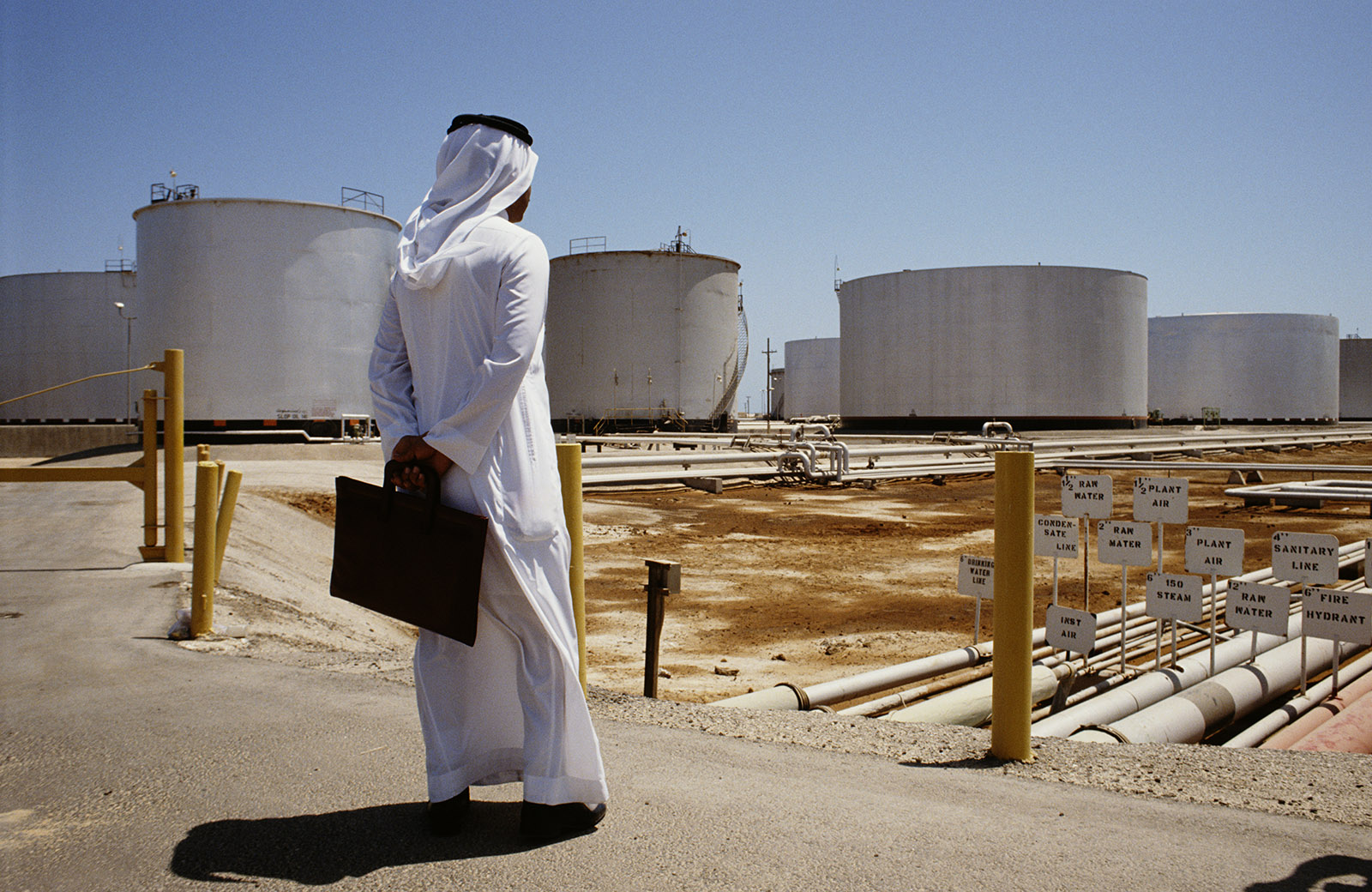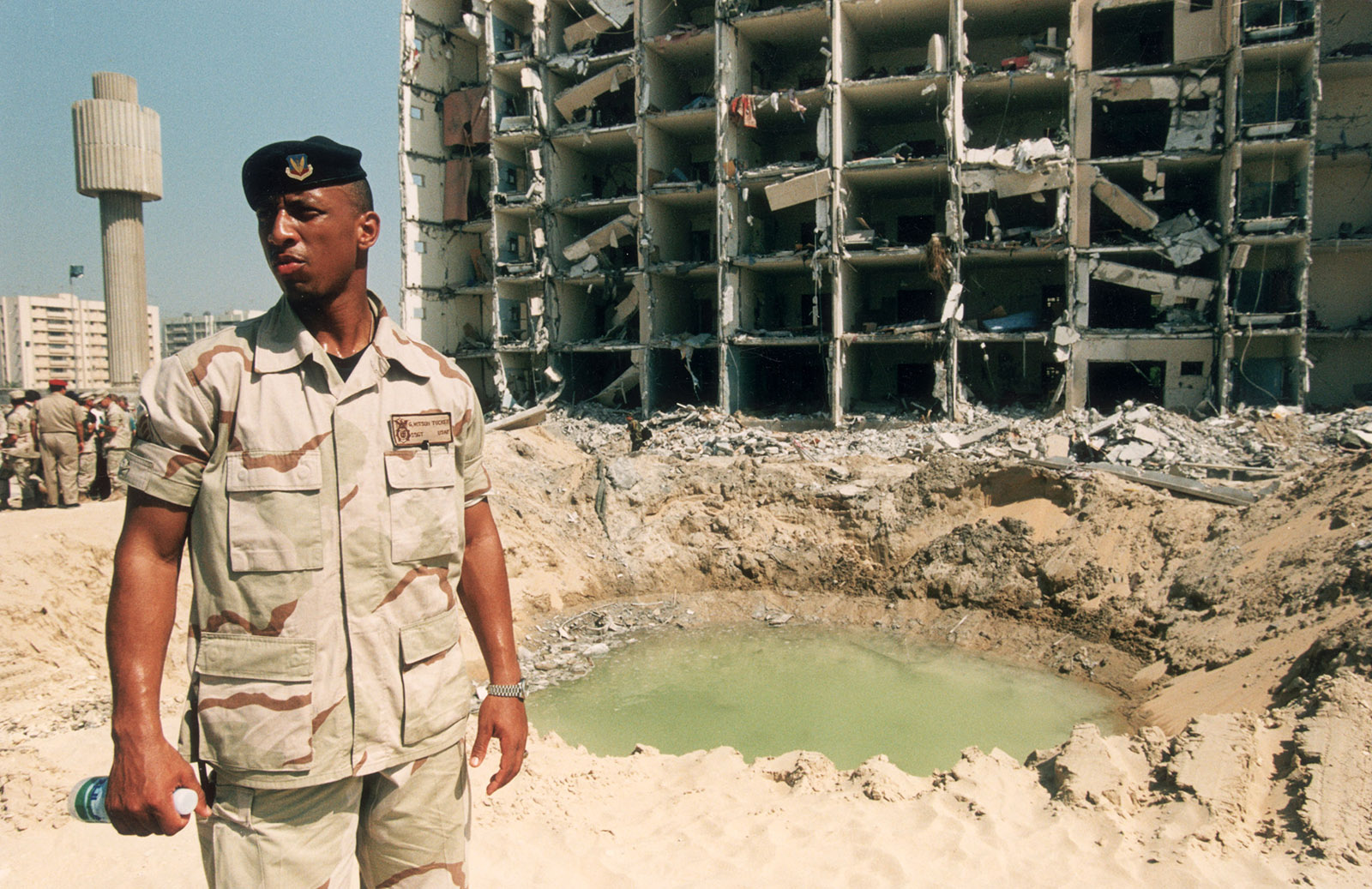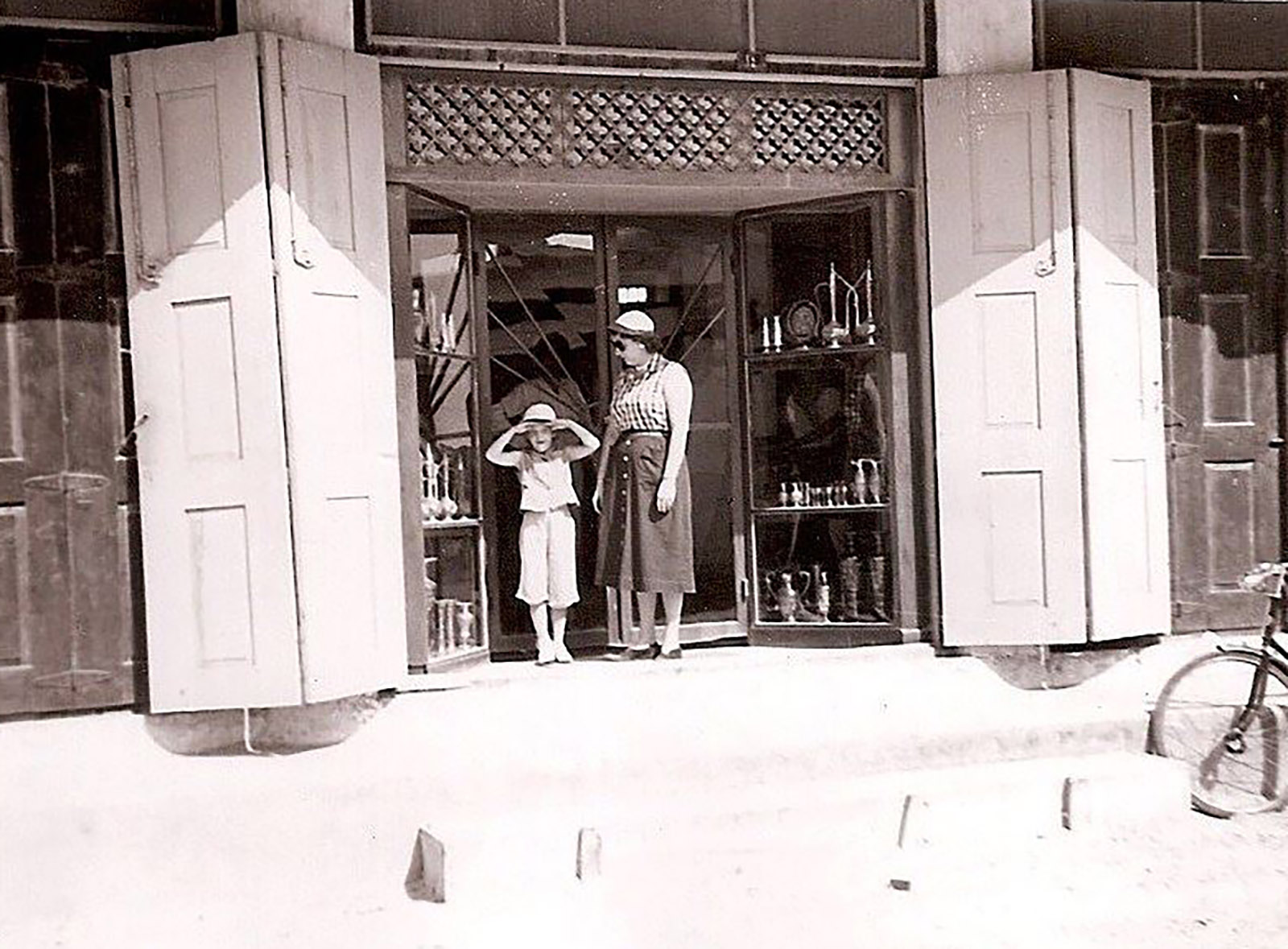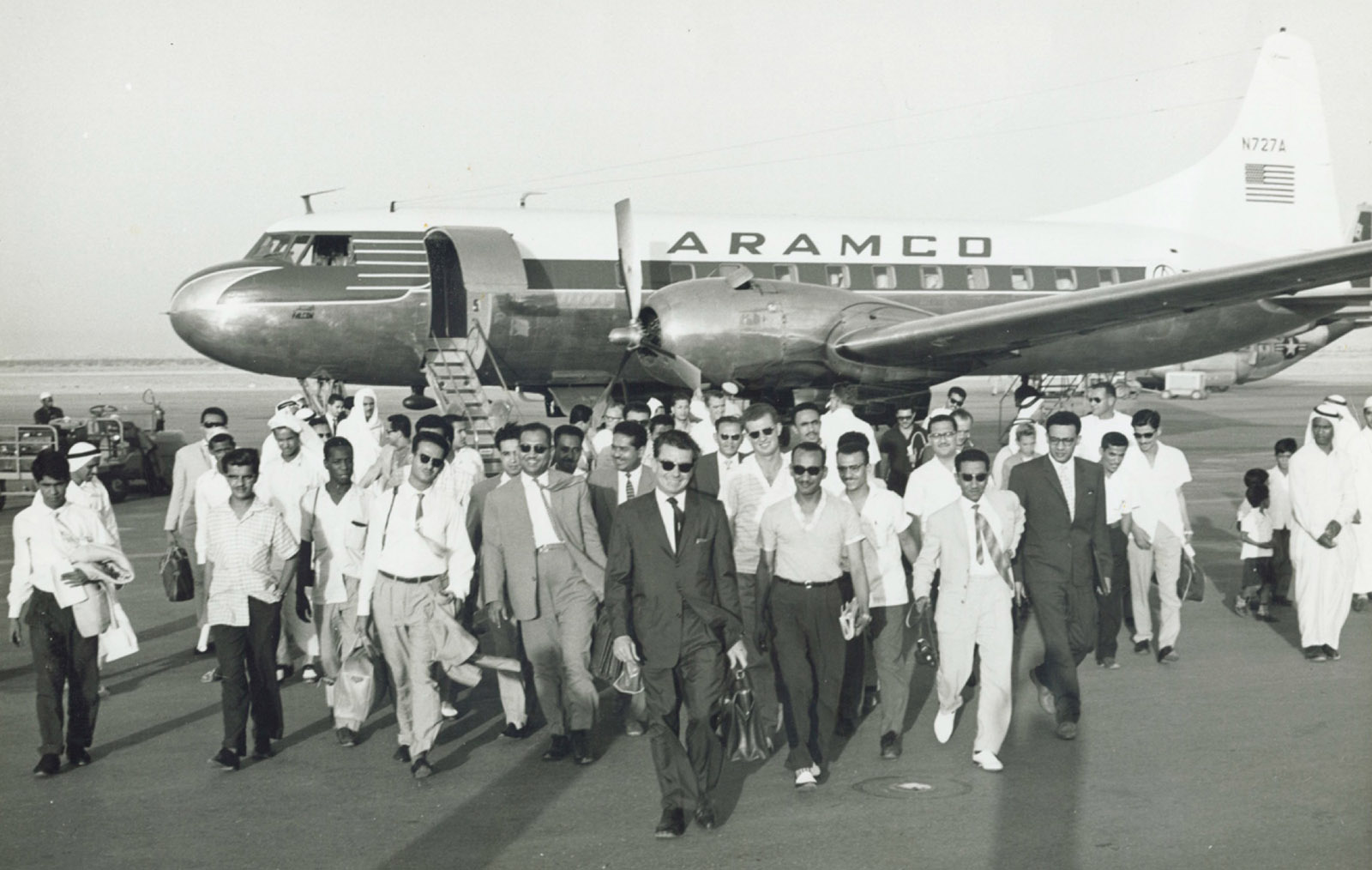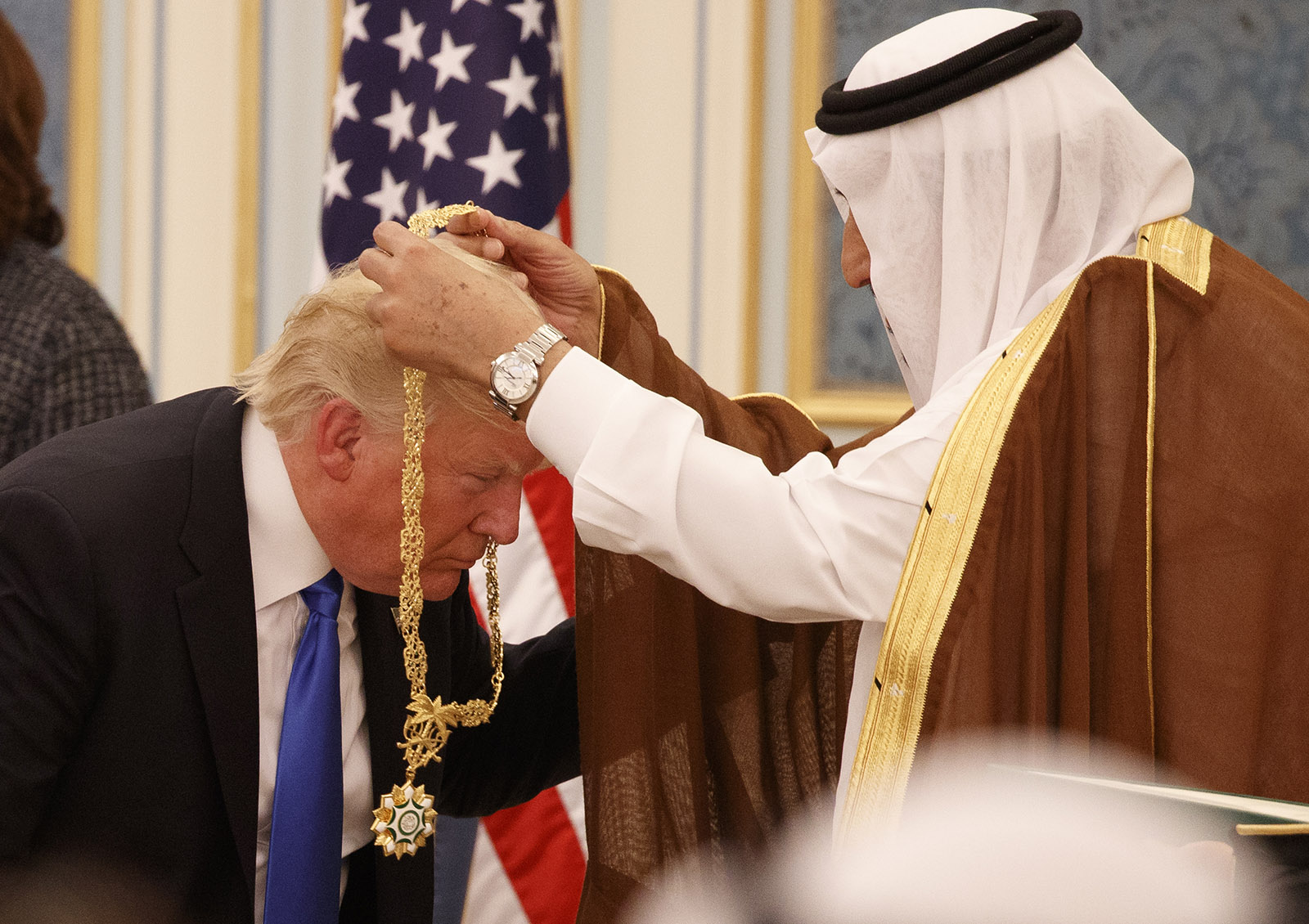Thanksgiving, 1991. A yellow school bus pulled up in front of our house, P–304 Prairie View, and offloaded a couple of dozen GIs, who streamed through the living room and into the backyard. Mom had set up several folding tables, borrowed from Recreation. Somehow, we had enough food for this literal army of guests. Was it turkey? I can’t remember. Maybe ham. Even though this was Saudi Arabia, where pork is illegal, Aramco, the company my dad worked for, had made arrangements for a “pork store” to serve its non-Muslim employees. According to Dad, people were always trying to sneak into camp to buy bacon.
So maybe we ate ham. I know we listened to Carly Simon because her album Have You Seen Me Lately was my dad’s record of choice that fall. He didn’t have many options, just whatever he’d managed to buy on the previous “repat”—expatriate-speak for vacation.
I was in love with the soldiers, all of them, especially a tall one named Joe who had a Southern drawl. I was glad to see how giddy my dad’s homemade hooch made them; they looked so serious in their uniforms, but when he brought out a bottle of brown they grinned like children. I also loved them because I felt they had saved my father and home from Saddam Hussein. They stayed late, talking beneath the shadows of the ficus tree in the backyard, sipping white and brown and homemade wine (just grape juice, yeast, sugar, and water, my dad helpfully informed them). Before they left, they gave my siblings and me their officer pins and a few Desert Storm patches. I still have these mementos, in a miniature Kuwaiti chest that sits in the guest room of my Ohio home.
*
The US military stayed in the Kingdom for years after that Thanksgiving day, after the war—an aggravating presence that resulted in the Khobar Towers bombing, when nineteen GIs and one Saudi local were killed and nearly five hundred people were wounded. Back then, the attack confused me: Why would Saudis want to kill the people who had saved them from an Iraqi army poised to invade? I didn’t understand that many Saudis resented the half-million American troops in their country—as large a force as the peak US deployment during the Vietnam War—as an occupying force.
You see, I was a fully indoctrinated company kid; I believed wholeheartedly that the United States and Saudi Arabia had a “special relationship” that ran deeper than oil. Perhaps because I extrapolated some greater meaning from our weekend visits to my parents’ best friends in Khobar, who happened to be Saudi. I had a young person’s anthropomorphic notion of the nation-state, thinking that countries could be friends the way we were friends with Hamad and his family, or Ali and his.
Less than a year after that Thanksgiving dinner, my family left Saudi Arabia to return to our country of origin, America. In a photograph taken at my going-away party, which was held at the Aramco beach, twelve-year-old me poses in a neon pink cutout bathing suit, gazing out over the Gulf, a look of raw heartbreak etched in my features as the other kids happily mug for the camera. Whenever my mother looks at this photo, she grows teary, apologetic. After all, she had gone through the same loss in 1969, when her father retired from Aramco. She was in college at Pomona then, and when her parents informed her of their decision, she promptly took a leave of absence and got on the next flight to Saudi Arabia. She wanted to absorb as much of the place as she could, before customs invalidated her family’s visas. When she sees that photo, mom’s guilt starts talking, as if she’d stolen something from me. I guess in a way she had.
For a long time after we moved back to the States, I was angry. I felt bereft. My origin story didn’t involve America; I was born in the As-Salama Hospital in Khobar, Saudi Arabia, where they put me in a cardboard box next to a Bedouin baby who had been badly burned in a grease fire, and who cried through the night. It was that country’s landscape and tragedies that had imprinted on my young mind.
Recently, my social media feeds lit up with the news that Saudi Arabia had ended gender segregation in its restaurants. “Woohoo!” someone wrote on Facebook, linking to an article announcing the change. “No more sitting in the family section!” A number of my Facebook friends are also “Aramco Brats” who grew up on the Aramco oil compounds in the Kingdom’s Eastern Province. We consider Saudi Arabia to be home, even though we can’t speak Arabic, aren’t Muslims, and have no blood connection to the peninsula’s tribes. We are not, and can never be, citizens of the country. Still, we spent our formative years swimming in the Arabian Gulf and camping in Saudi deserts. Our connection to the country is strong, forged as it was in the crucible of childhood.
Advertisement
Since the Kingdom’s de facto ruler, Crown Prince Mohammed bin Salman, or “MBS” as he has become known, began his campaign of modernization, women have been granted the right to drive, movie theaters screening the latest films have opened, and now, women and men can eat together in the same space. Although MBS has also consolidated his rule in far less benign ways, Saudi Arabia today is unrecognizable not only from the place I remember from the 1980s and 1990s, but even from the country it was just two years ago.
For brats of my generation, who came of age in the 1980s, Saudi Arabia was already an increasingly forbidding place that bore little resemblance to the kingdom in which my mother had been raised in the 1950s and 1960s. In my mother’s time, the country was conservative, certainly, but in a more relaxed way. In many ways, it felt like the frontier, the government and people still negotiating cultural and social norms as the recently unified nation found itself suddenly prosperous with the development of vast, easy-to-extract deposits of oil. The Aramco archives are replete with photos of American housewives walking bare-headed, in knee-length skirts and short-sleeved blouses, down the streets of Khobar—streets that did indeed resemble the dusty main drags of the old West.
*
Starting in 1979, for many reasons, the kingdom took a sharp conservative turn. First, the Iranian Revolution sent shockwaves into the Kingdom. Saudi Arabia’s Shi’ite minority organized large protests against the government, which openly discriminated against them. Then a young radical named Juhayman al-Otaibi, inspired by events in Iran, seized control of the Grand Mosque, taking hundreds of hostages and proclaiming the royal family to be apostates, decrying their Westernized ways, their American backing, and their flagrant hypocrisy.
With the help of French special forces, the Saud dynasts crushed the movement, but not without significant loss of life on holy ground. The government beheaded Juhayman and his accomplices, putting their heads on stakes in the kingdom’s four corners, a gruesome deterrent to future rebels. The Shi’ite protests were also violently repressed. One of my father’s students at the University of Petroleum and Minerals, where my father had worked before joining Aramco, never returned to class. To this day, my father is uncertain about the man’s fate; almost certainly he was jailed, but he may have been killed in the clashes.
The Saud family initiated this cultural shift out of a fear that an Iranian-style revolution might take hold in their country—for even if the king had not been put in power by American intervention as brazenly as the Shah had been, and even if the Sauds were not as overtly Westernized as the Shah was, they held onto their power through US influence, while their decadent exploits in Europe were notorious among their conservative citizenry. Another trait the Sauds shared with the Shah? Brutal suppression of dissent.
King Khalid, the ruler at the time, granted the clerics and their enforcers, Al Hai’a, the Committee for the Promotion of Virtue and Prevention of Vice, greater authority over day-to-day life. The religious police upheld strict gender segregation in public spaces, often dramatically, for example by crashing weddings and arresting celebrants. Long-haired young men were stopped in the streets and shorn. My mother recalls the story of a young American “returning student”—a teenager in the Kingdom on break from boarding school—who scuffled with the authorities trying to shear him and got his throat cut by accident. Mom tells the story with a vague casualness befitting something apocryphal, yet it’s not hard to believe. For a time, Al Hai’a was fearsome and violent. One anecdote that has remained fixed firmly in family lore: while on a school field trip in Riyadh, my sister, twelve years old at the time, had a large rock thrown at her by one of these enforcers because she was not veiled.
In 1979, my father and the other Westerners on faculty at Dhahran’s University of Petroleum and Minerals, the Kingdom’s flagship institution of higher learning, were quietly urged to find employment elsewhere. That’s how Dad began working for Aramco, where the sustained American presence was framed as a necessary evil.
Advertisement
The Aramco schools stopped teaching Arabic, and in the mid-1980s, Saudi students were removed from them, a measure meant, in part, to reduce American influence on Saudi youth and thus placate the clerics. It was also meant to ensure that Saudi “brats” actually learned their language and history, which in Aramco’s Westernized school system, they were not doing. This shift suited our family friend Nabil just fine—he says he was treated in a patronizing, racist way by his American classmates, but his new Saudi classmates gave him, the scion of rising Aramco royalty, a princely reception.
Today, Mohammed bin Salman is trying to rewrite history to make it appear that Juhayman and the clerics were solely to blame for this shift toward the ultra-conservative. But then as now, the royal family held absolute power in the Kingdom: it drove this hardline movement, seeing it as necessary to shore up and perpetuate the dynasty’s rule.
When my family left for good, I realized the tenuousness of my connection to Saudi Arabia. I couldn’t go back. I became an exile, and I regarded my homeland with an exile’s longing. As I fell into life in America, which I was told was home even though it didn’t feel like it, I became aware of an uncomfortable truth: the Americans I now met hated Saudi Arabia. They hated it because of the oil embargo, because of its gender apartheid, because of corruption, because of anti-Arab racism. When they learned I’d grown up there, they said What was that like? in a way that suggested they already knew the answer: awful.
So I dug in. To critics and myself, I said: The pace of change is slow in an ancient tribal society; America would be lost without Saudi oil, they are doing us a huge service; and Every government is corrupt to a degree. I wanted people to understand Saudi Arabia’s nuances and beauties. How awesome the desert is in its vast emptiness, large enough to contain millennia. Let me tell you what it is like to eat a shawarma sliced fresh off the spit, wrapped in bread still warm from the oven. The mournful poetry of the muezzin’s call, the comfort of a day measured in prayer. How warm and funny my dad’s Saudi coworkers and friends were. How I envied the raucous fullness of Saudi family life, the way several generations passed through their sitting rooms every day, the way children built homes in their parents’ backyards. Meanwhile, for much of my overseas childhood, I had lived thousands of miles from my grandparents, whom I saw once a year for two weeks.
Then the September 11, 2001, attacks happened. I was a twenty-year-old college student. That fall morning, the sky outside my dorm-room window was a rich peacock blue. It was the week before classes started, I had been out late partying. I remember my roommate shaking me awake; she had a small TV, and together we watched it for hours. Later, I learned that fifteen of the nineteen hijackers were Saudi citizens. This silenced me. I had no words to counter the images of bodies falling from the sky, of ash-covered faces, terror-stricken. I understood that while George W. Bush did not place Saudi Arabia on his infamous “Axis of Evil,” in the minds of Americans, it had already been there for years. A month later, I turned twenty-one, but I didn’t want to be an adult in a world like this one.
*
Before September 11, I was an apologist looking for ways to maintain a pure and easy attachment to home. But the attacks forced an awakening. I knew I didn’t understand, so I started to read. At first, I read because I was angry at my homeland for what felt like a betrayal; I wanted to find more shame to heap on it. Perhaps my feelings could most aptly be described as a colonizer’s sense of wounded paternalistic pride: After everything we did for you, this is how you repay us? In an essay for The Paris Review, “Motherhood Makes You Obscene,” Marguerite Duras talks about how her teacher mother “brought French culture to Vietnam” and was a “passionate public servant,” and it is for these reasons that Duras is “a little reticent when people talk to me about certain aspects of colonialism.” In essence, she doesn’t want to have to apologize for her colonial childhood because her mother did good, and for very little pay. If some good was done, then colonial occupation is justified. Or at least, it doesn’t deserve to be so casually maligned.
I began to read, unconsciously taking on the real white man’s burden: educating oneself about the nature of one’s privilege, to remedy privilege’s attendant ignorance, to study the lasting damage done by neo-colonialism. I read not to understand the “us versus them” binary promoted by the neocons of the Bush administration, but because I was trying to untangle in my mind the simplistic “us-ness” with which I had viewed the Saudi-American relationship, and which September 11 violently unsettled. We were not one smiling Aramco family, holding hands across the cultural divide; we were two separate and radically different nations united by oil and mutual self-interest. It wasn’t a “special relationship” so much as a codependent one. I realized it was impossible to despise Saudi Arabia without also hating the American actions, policies, and petrodollars that had made the Kingdom into what it was.
For years, I had believed the myth that Saudi Arabia had not been colonized in the way of Bahrain or Oman, which were British protectorates. I believed in the American capitalist myth of “enlightened self-interest” that sought to shroud Aramco’s exploitive apparatus. As a young woman who had received a very fine education, I’d somehow missed the fact of America’s imperial ambitions, which came to fruition under President McKinley during the Spanish–American War, a vision devised by Henry Cabot Lodge and given voice by Teddy Roosevelt. Lacking this knowledge, I had believed in Aramco’s slickly packaged origin story—that the company was a benevolent actor in the Kingdom, working hand in hand with the Saudi people, and at the pleasure of the King, to bring a much-needed commodity to the world.
My political education began with the writing of my first novel, The Ruins of Us, but it has gained momentum and breadth over the past four years as I’ve researched my third novel, which tells the story of the US–Saudi relationship through the American and Saudi employees of Aramco, and their children.
Was mine a colonial childhood? In many ways, it bears a striking resemblance to one, if Aramco was more than a corporation and instead a kind of proxy for the American nation, which, most obviously in moments of political crisis, it was. For example, during the Buraimi dispute with Oman in the 1940s and 1950s, Aramco dispatched its vehicles to the border for national intelligence purposes, under the guise of an exploratory mission. And the US government frequently relied on Aramco’s Government Affairs division for insight into the Saudi regime. When it came to matters of state, Aramco executives enjoyed greater influence than the American diplomatic corps in Riyadh.
By the time my father began working for the company in 1980, though, the Saudi government had concluded its purchase of Aramco. In 1984, Ali Naimi became the first Saudi president of the company, and in 1988, when I was in second grade in the Aramco school system, it officially became known as Saudi Aramco, and Naimi also became its chief executive officer.
Perhaps it was my mother whose childhood exhibited the clearest colonial traits. During her years in the Kingdom, from 1951 to 1969, the company was wholly owned by four American shareholding companies, which allotted a certain percentage of their earnings to the Saudi government according to the terms of the original concession. These shareholding companies saw themselves as doing the Saudis a favor by erecting the necessary infrastructure to turn Saudi Arabia into a functioning petrostate. In an oral history of Aramco, former vice chairman Brock Powers recalled a meeting in which Gus Long, chief executive of Texaco (which was one of those shareholding companies), chided him for believing that the nationalization of Aramco was an inevitability. Such a “defeatist attitude,” Long said, would never get the company anywhere; this he knew because he, after all, had been dealing with the “savages” for years before Powers came on the scene.
The “club compound” described in E.M. Forster’s A Passage to India could easily stand in for Aramco’s residential compounds, with their swimming pools and golf courses and Bridge and Women’s Clubs. I can picture my Grandmother Willette complaining of the heat while she and my Grandfather Floyd sipped moonshine gin and tonics on the palm-edged concrete patio behind their company house. On her ninth-grade graduation day from the Dhahran School, before she was sent to boarding school in Spain, my mother and the other American girls wore white dresses. In photographs, they appear to be perfect emblems of virginal white womanhood.
But something fundamental is missing when I view Aramco as a colonial instrument: the company lacked the sense of moral purpose of Britain’s or France’s empire-makers, or even Teddy Roosevelt-era imperialists, who were careful to disguise their greed for natural resources beneath a white savior narrative. While the company likes to speak loudly in glossy histories about its early public health and education efforts in the Kingdom, the truth is that Aramco was committed, first and foremost, to its own enrichment. Any education it provided to the Saudi people was in service of that end. And unlike British governments during the age of Empire, which saw the dissemination of the English language and Christianity as part of their colonial mission, Aramco was content to keep American culture tightly contained in its compounds—a necessary move considering that Christian proselytizing was punishable in the Kingdom by death.
Indeed, the Aramco brass lived in constant fear that the King would toss them out and take over the company. King Abd al-Aziz threatened to do so in 1950, and King Saud followed suit a few years later, going so far as to grant oil-shipping rights to Aristotle Onassis in order to rattle the Aramco executives, forcing them to engage in a years-long legal battle to reclaim those rights. In the lead-up to the Yom Kippur War, in 1973, King Faisal had Aramco executives so worried about the potential political fallout from US support for Israel that they took up a preemptive lobbying effort to prevent it, to no avail. While some might argue that the Saudis never really had the power to kick the Americans out, nor any intention of doing so, one need only look to the violent nationalizations of oil companies elsewhere across the Middle East to know that it could have been done, however messily. The British colonies never held this kind of sway in their bargaining.
Finally, the majority of Saudi people appreciated, even admired, Aramco. Even now, the company enjoys one of the best reputations of any in the Kingdom. Yes, Saudi citizens took a stand against the American military presence, both in 1956, when a large protest broke out at the Dhahran airbase, and again after the Gulf War, when the US used the opportunity of the war to re-establish garrisons on the peninsula. In fact, it was this military presence that animated Osama bin Laden’s recently established al-Qaeda, setting in motion the sequence of events that led to 9/11. But Aramco itself? It was mostly viewed as good and necessary, a boon to the country. Very few, if any, former colonial countries feel that way about their colonizers.
*
With hindsight, though, my childhood in our corner of “oildom” was more isolated than the experiences that informed the accounts of colonial society by Forster, Kipling, and Duras. An American Aramco family could leave the comforts of the compound only to drive to the airport before going on “repat.” Because Saudi children had been removed from Aramco schools, the only Saudi friend I had growing up was a boy who played on the Aramco Little League team. An Aramco spouse or child could go years without interacting with Saudis, unless buying seafood from the “shrimp man” or Saudi antiques from “Tex,” a local merchant who went door to door in Dhahran, counted as interactions. Our “house boys,” as they were called, without irony, were Filipino, Bangladeshi, or Sri Lankan. Our teachers, mostly white Americans.
Today, Saudi Arabia feels to me like an estranged father. Someone I love and mistrust simultaneously, whose news I follow at a distance, with a keen interest I’ve tried to quell but can’t. I remain restless, dissatisfied with both of my homelands, critical of how they relate to each other and how they treat their people. While Americans are certainly freer than Saudis, American well-being is in crisis. The suicide rate has sky-rocketed; life expectancy is down for the first time in a generation; addiction is rampant. Saudis suffer under a despotic regime, but for all of our freedom, Americans are hardly a happy people.
The reforms of MBS are meant as a bromide to distract an oppressed populace and deceive Western governments and businesses into believing that Bin Salman is a modernizer; or at least giving those governments and businesses enough cover that they can continue to do business with Saudi Arabia, while looking the other way over its abuses. The strategy appears to be working. Only a year after Jamal Khashoggi’s murder caused many attendees to back out under threat of a boycott, MBS’s lavish 2019 “Davos in the Desert” business summit attracted former British Prime Minister David Cameron and President Trump’s son-in-law and emissary Jared Kushner, alongside executives from HSBC, Credit Suisse, and Blackstone.
The crown prince is not the visionary leader that he would like the world to see. Rather, he is a tyrant who has turned Saudi Arabia from a soft autocracy where mild dissent was somewhat tolerated into a police state. He jailed and tortured his enemies and rivals to ensure his smooth rise to absolute power, had Jamal Khashoggi murdered and dismembered, silenced Saudi Twitter, and jailed and tortured the Saudi women who advocated for the right to drive. Aziza al-Yousef, one of the best-known activists, was released from prison in the spring but she is banned from international travel and has seen her son, the US–Saudi dual national Salah al-Haidar, also imprisoned—as a kind of collateral to ensure her future compliance with the regime. Another activist, Loujain al-Hathloul, whose sister wrote of her torture and imprisonment in The New York Times (which at one time gave Bin Salman’s reforms rave reviews), remains in custody.
For all that, the Saudi regime enjoys full American support from a gushing President Trump. But then, the United States has empowered tyrants around the globe for decades when it has suited the national interest. MBS is just another in that long line.
In Ahlam Mosteghanemi’s novel Memory in the Flesh, the narrator recalls a saying: “A man spends his first years learning how to speak, and the Arab regimes teach him silence for the rest of his life.” Today, in Saudi Arabia, a man and a woman might sit next to each other in a McDonald’s, and a woman might drive herself to work, but Saudis are as silenced now as they have ever been. And thanks in part to Aramco’s long history of influence in the Kingdom, America is complicit in that silencing.


